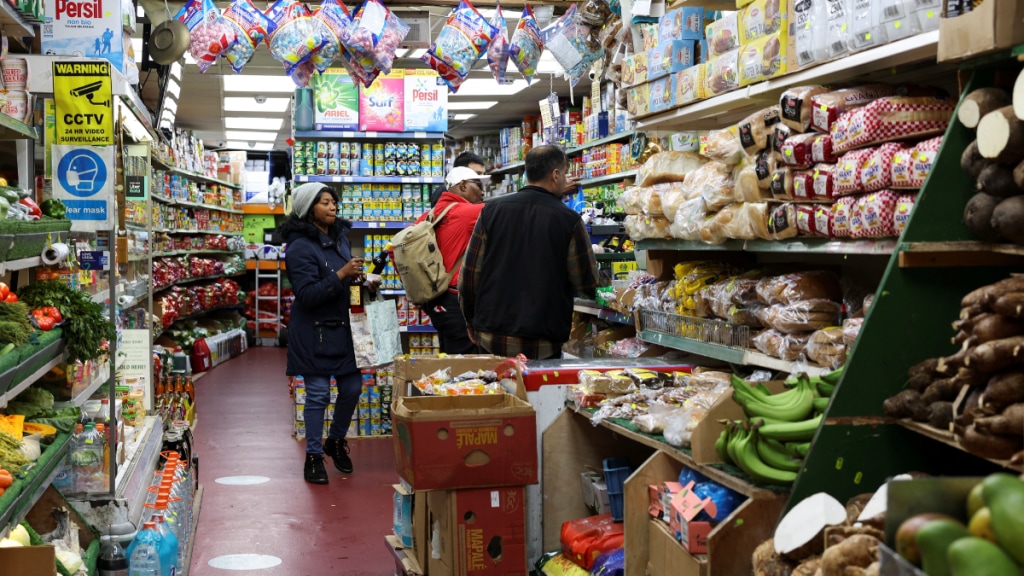India’s kirana stores are no strangers to obituaries being written about them every time there is a disruption in the marketplace. The first one was when mega retail giants, including Reliance Retail, DMart, etc. came into being; the second when Amazon and Walmart entered the country. The latest has come in the form of quick commerce (q-comm) companies, which are seeing a rush of consumers for meeting their instant needs. Earlier this week, the All India Consumer Products Distributors Federation said the rapid rise of q-comm platforms has resulted in the closure of around 200,000 kirana stores over the past year. The federation also noted that customer visits to such stores have dropped nearly 50 per cent compared to pre-pandemic levels.
The broad concerns are understandable. A recent report by market researcher NIQ reveals that quick commerce has become the primary grocery shopping method for a third of urban Indians. Another report from market intelligence firm Bizom shows that the bottom 20% of offline outlets in urban India continue to lose business. The report said that these outlets are stocking lesser volumes, making them less serviceable by brands and distributors, as cost of service and collection risks remain high. There is no doubt that one of the most fragmented trade bases in the world are facing two major challenges: on the one hand, the market is becoming more organised; and on the other, it is also getting more digitalised.
The jury is out, however, on whether this means the burial of the 13-million strong kirana store network (10 million of these operate in smaller cities and tier-2 markets) in the country. After all, India’s online grocery penetration is still just 1 to 2 per cent and it is obvious that kirana stores will remain the fabric of the Indian grocery ecosystem for a long time to come. Besides, these stores have found a way out of every crisis: for example, during the challenging times of Covid, they showed their resilience and agility in modifying their assortment, managing the broken supply chains, and continuing to serve the customers. The emergence of q-comm also doesn’t mean that kirana stores have lost out on those orders completely, because in most instances they are also the last-mile stockist for these apps. Of course, their margins have shrunk as a good part of the profit on these sales now have to be shared with others. Kiranas have also shown that they are the kings of community commerce through a well-oiled customer relationship management system through their informal networks.
This of course doesn’t mean that all’s well with India’s kirana stores. A fundamental change in their business model is indeed warranted. A good step has been taken by Hindustan Unilever Ltd (HUL), which is in the process of helping onboard nearly 1.3 million kirana stores on the government’s Open Network for Digital Commerce, helping them compete with e-commerce and quick service grocery retailers. The move is an extension of the company’s internal ordering app Shikhar, which allows small neighbourhood stores to order directly from it. For HUL, the country’s biggest packaged consumer goods firm, the app now accounts for about a third of its sales from neighbourhood retailers. Joining the open network creates an opportunity for retailers to operate in an e-commerce ecosystem that works without pre-determined barriers. Kirana stores have to keep innovating like this to stay the course.


